Fiberglass or fiberglass is a material for building, correcting and strengthening nails. It appeared relatively recently in the world of manicure fashion, and not all masters work with it yet. Previously, silk or plastic (tips) was used for repair and building, but today cotton, linen or fiberglass and fiberglass are used for these purposes.
Fiberglass for nail extension
Fiberglass is produced using a special technology from glass with the addition of chemicals. Ultimately, the material becomes flexible, and its physical properties change, that is, it bends easily and does not break, like ordinary glass. This makes it possible to create fiberglass from fibers, which is widely used in many industries, and the nail industry is no exception.
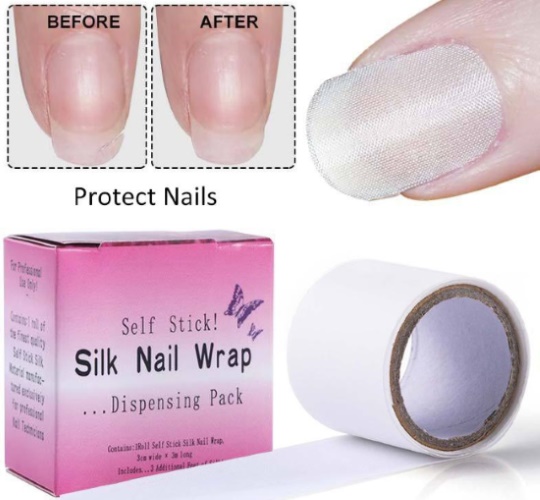
- individual fibers, fastened together;
- fiberglass fabric, which is produced in rolls (visually resembles a dense gauze fabric).
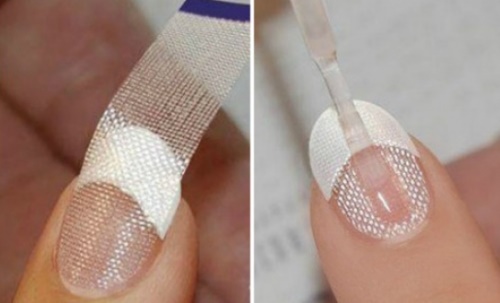
- to strengthen the critical zone between the natural nail and the tips when building up;
- to lengthen the free edge;
- to strengthen the natural nail and repair a broken plate.
Where to buy and how much does it cost
Fiberglass, like other materials, can be purchased in online stores or beauty boutiques that sell tools and materials for nail extension and design. The first to produce and sell this material were Asian countries, which are considered advanced throughout the world.
As such, China is the first place to buy fiberglass for manicure. There are many apps and stores that cooperate with European countries and Russia, for example, Aliexpress or Joom. There you can order a variety of materials at various prices.
The cost of the product depends on the volume, quality, brand and the seller himself, who sets the final price. Also, the fiber can be combined with other materials such as silk. 1 m of silk and fiberglass costs about 100-150 rubles.
Advantages of fiberglass extension technology
Extension with fiberglass is popular and has several advantages:
- the material is easy to lay on the nail plate;
- there is no need to lay out the shape of the nail, as when building with a gel without fiber;
- the use of forms is not required;
- fiberglass can be combined with any type of gel;
- the material is flexible, easily forms a free edge and arch.
It is easy to work with fiberglass if you follow all the rules and work algorithm. This way of building up is suitable even for beginners.
Contraindications
Before the procedure of nail extension, you need to make sure that there are no contraindications.

Do not use fiberglass in the following cases:
- allergic reaction to materials;
- asthma or bronchitis;
- fungus of the nail plate;
- oncological diseases.
During menstruation, it is not recommended to build up due to a change in hormonal levels, which can cause detachment of the material. During pregnancy and lactation period, you need to consult with specialists so as not to harm the mother and child.
Design possibilities
For the design, not fiberglass is used, but gels that contain this material.
With their help, you can make many types of manicure designs:
- classic coating and French manicure;
- painting nails;
- gradient manicure;
- knitted manicure;
- acrylic modeling on fiberglass cover.
There are many types of designs. The choice depends on the wishes of the client, the capabilities and imagination of the master.
Fiberglass nail extension technology
Fiberglass for nail extension can be used in several technologies (tip extension, gel, acrylic, polyacrylic extension on upper forms).
Below is the most popular gel-retained fiberglass extension:
- The first step is to antiseptic to treat the hands of the master and the client... And also disinfect the tools that will be used in the manicure process so as not to infect.
- Next, a manicure is performed. It is not recommended to use edging before building, so as not to steam nails and cuticles, because this reduces the quality of work. It is better to use the hardware method, which involves removing rough skin without first softening it.
- After that, you can start building, and the first step will be the processing of the natural nail plate. It needs to be processed with a fine abrasive file to remove the glossy layer. The wash must be done carefully so as not to damage the nail and not injure the skin around.
- Next you need apply acid-free primer in order to increase adhesion, that is, the adhesion of the fiber to the natural plate.
- On the nail a thin layer of gel is applied for building... You can use a transparent material, pink, beige or peach - your choice, the main thing is that with a sticky layer, otherwise the fibers will not attach. The first layer of gel must be dried in a UV lamp.
- Then onto the nail plate placed fiberglass from the middle of the nail... It is attached to the sticky layer of the gel and leveled with a spatula on both sides so that it overlaps the nail, but does not hit the skin. Then the length is adjusted with scissors and the top is covered with a layer of gel. It is important to apply the material at the cuticles carefully so that later there is no detachment. Also, the gel must be applied on the inside of the nail.
- Before placing the client's hand in the lamp, you need to wait a couple of secondsso that the gel is evenly distributed along the length of the future nail. After thorough drying in a lamp, you need to make sawdust, shape the nail, cut down the thickness.
- Thereafter the final layer is applied with a top gel... If you plan to design with gel varnishes, you do not need to apply the topic, but start painting immediately.
Thus, a manicure is done on all nails. To make the work easier, you can immediately cut the fiberglass to the size of the nail so that it will be easier to lay it later.
Also, the gel must be applied as carefully as possible, so as not to suffer from a gash as a result. Professionals do not recommend using too liquid gels when building on fiberglass so that the material does not spread. It should be borne in mind that the fiber is porous, as opposed to a solid form.
Combination with other procedures
Fiberglass for nail extension cannot be used as an independent coating. It must be combined with other materials. Its advantage is that the fibers are easily combined with any coatings that are used to build or design the nail plate.
Classic manicure
Classic manicure involves cleaning nails, removing rollers and cuticles around the plate and varnishing. Modern masters practically do not use varnishes, but instead use shellac, which strengthens the nail and lasts for 2-3 weeks.
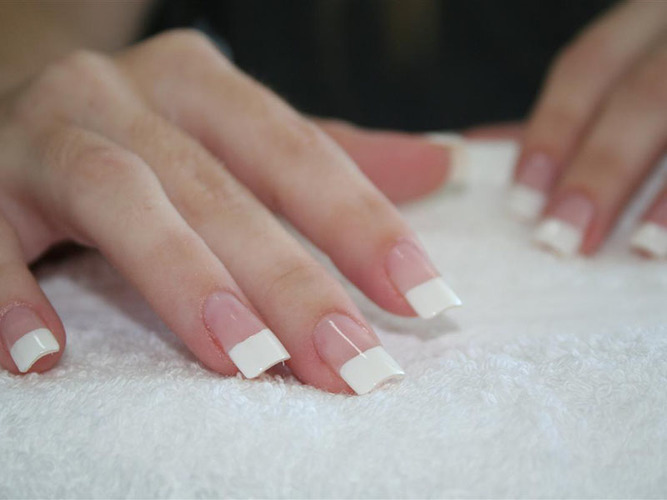
Fiberglass in classic manicure can be used to repair or strengthen the nail. If the free edge is broken, you need to clean the nail with a fine abrasive file and cover with a sticky gel on which the fiber is laid ("patch"). From above you need to cover with another layer to thicken the plate.
Gel polish
Gel polish and shellac are used to cover the nail plate. They can be used for natural nails instead of regular nail polish and for extended nails. Gel polish is a gel that is used instead of varnish. They can do a monochromatic manicure or art painting.
Its advantage is that it lasts a long time, unlike conventional varnish. Also gel polish strengthens the nail. To thicken the nail plate, fiberglass can be used in combination with gel polishes. The first layer on the nail is applied to the base gel, on top of which fiberglass is laid.
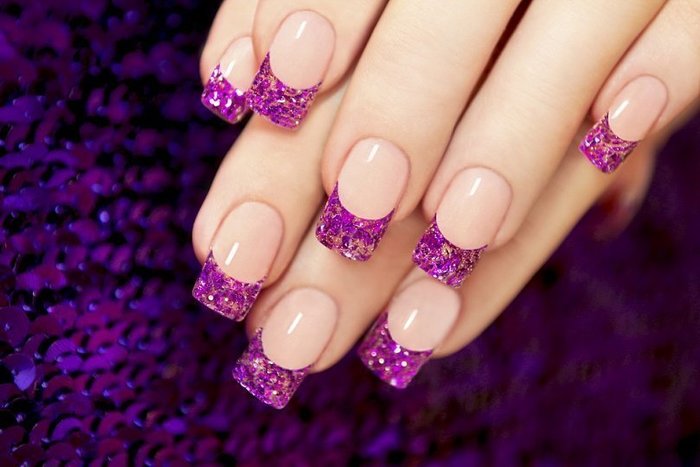
Then it needs to be covered with another layer of gel (you can use a shellac base). After that, you can apply the color in 1 or 2 layers, depending on the color, the idea of the manicure and the quality of the material. The final layer is applied shellac top and dried in a lamp.
Strengthening with biogel
Biogel is a material for strengthening and building nails. It differs from the others in its harmlessness. It contains tree resins, which additionally vitaminize the nail plate and stimulate its growth. It also contains proteins that have a strengthening effect.
Biogel is non-toxic and can be used for the thinnest nail plate. Also, such material is allowed to be used by people with bronchial asthma or allergies. For them, acrylic and polygel are prohibited due to the release of toxins. Fiberglass for nail extension can be used under biogel to strengthen the nail.
That is, with this technology, the free edge does not grow, but remains natural. Only on top, for strengthening, a fiber plate is applied and covered with a biological gel, which helps to level and strengthen the free edge.
Withdrawal
The glass fiber should be removed by the master. You can't just peel it off, because there is a risk of damage to the natural nail.
There are several ways to remove it:
- if on top of the fiber there is a gel for building, then you can use a cutter to remove the material;
- if the fiberglass is located under gel polish or shellac, it is better to remove it with a special remover (solvent).
After removal, you need to carefully file down the nail and cover it with a layer of medicinal varnish to strengthen and tone) or biogel, which will return the plate to its former density and strength in a short time.
It should be noted that fiberglass extension is an effective and strong material for nail modeling. It can be used to strengthen a natural plate or to build up a free edge. Fibers are indispensable for repairing chipped nail tips.
Fiberglass Nail Extension Video
Strengthening nails with subsequent manicure:

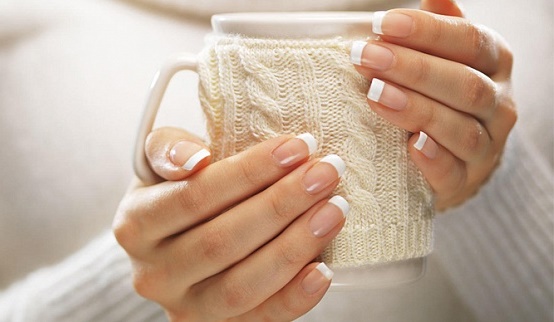
🙂 what is fiberglass? how many varieties are there?
Varieties of fiberglass for nail extension. This is basically a fiberglass fabric and the fiberglass threads themselves 🙂